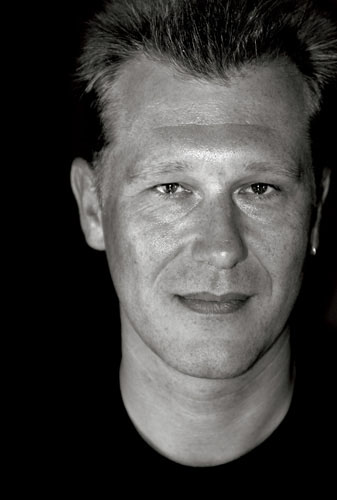Crystal balls
Trendspotters hold sway in the world of business, but their predictions are no better than Madam Arcana’s. Designers are much better guides

Ever since the days of Nostradamus, there’s been a good future in the future. And we’re not just talking seasonal gold coin at the end of the pier. These days, research companies, think tanks, ad agencies, business gurus and market forecasters are all trying to make sense of what’s around the corner. Anticipating the ‘next big thing’ has become big business, although it’s a moot point whether some of these organisations are glimpsing the future or, in a self-fulfilling way, helping to shape it.
In a fragmented, often illogical world of rapid technological change and shifting demographics, we need to be able to hang on to something. In fast-moving industries like IT, some kind of reassurance that the product you’re developing today won’t be obsolete tomorrow, is worth paying for. In the capricious fashion industry too, a sneak preview of the ‘retro urban woodsman’ look that’ll be all the rage in three seasons’ time, is a godsend. Which is why they are so well served for trend spotters and ‘cool hunters’.
A few of the larger, more progressive design consultancies have got in on the act too by establishing forecasting departments as part of their offer. This is a relatively young discipline, so there’s no established way in, and no rights and wrongs. It’s not quite clear whether future-gazing is an adjunct of marketing, planning, strategy or management. Indeed, you could argue that it’s relevant to all of them as well as to any other aspect of business or politics.
But is it relevant to design? Relevant, yes. Necessary, no. Why? Because half-decent designers are doing it anyway, almost instinctively. Designers are cultural magpies, devouring everything from magazines to movies, clothes to cartoons. They just can’t get enough. If they’re worth their salt, they obsessively want to know how things work and why. When an image or phrase or piece of type appeals to them, they’ll painstakingly deconstruct it until they’ve unravelled its heart.
Some use notebooks and scrapbooks as aides-memoires, for others, small fragments of information and inspiration are stored in a far corner of their brains, to converge as a new idea at a future date. This is a subconscious alternative to the sacred ‘trends book’ put together by the futurologists for many thousands of pounds – pictures, fabric swatches, magazine cuttings and ephemera collected from the ‘coolest’ corners of the globe.
Designers of all disciplines are the real architects of the future. (And that, of course, includes the architects themselves). They define tomorrow’s visual landscape in countless different ways. Based on their gut instinct, nourished by a feast of influences, it’s for them to decide whether a Gaudi-esque kettle or a florid pink logo will strike a chord with consumers, not now, but in five or ten years’ time.
The shock of the new soon wears off. It’s amazing how quickly we come to accept and cherish those things that once seemed incomprehensible and alien. Companies and brands grow into their corporate identities, which eventually come to define them. Buildings are reassessed once they’ve settled into the urban fabric. Inventions that would ‘never catch on’ become essential, everyday items (mobile phone, anyone?). Initial scepticism is often a good sign – it shows you have something that challenges the status quo, that sets the tone for tomorrow.
That’s the thing about the future. It’s unwritten. So it belongs to all of us. Especially you designers out there.
-
Post a comment



